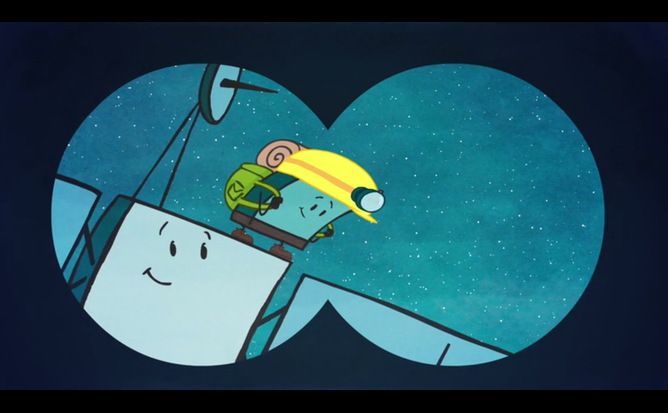
Rosetta Mission: 5 Questions You Desperately Want Answered

This article was originally published at The Conversation. The publication contributed the article to Space.com's Expert Voices: Op-Ed & Insights.
On November 12, the Rosetta spacecraft’s Philae lander is due to land on the surface of a comet. As a space scientist working with those who have instruments on board, I can’t wait. I met up with some of the Rosetta scientists at the Open University to ask them the top five questions I am always being asked about the Rosetta mission.
Why bother to go to a comet?
Ian Wright, professor of planetary sciences, said:
“We want to go because it’s there. It’s an object in our astronomical backyard and we want to know what it looks like and what it’s made of. We also want to know whether the water in a comet has a relationship with the water on Earth. If it does then we want to study the organics in the comet to know something about the organics that were brought to the surface of the early Earth.”
Why does the Philae lander have harpoons?
Andrew Morse, research fellow, said:
“There are two harpoons onboard and this is the first time they’ve been used in space. The gravity on a comet is so low that they’re needed to attach the lander to the comet but they’re not just required for the landing. The harpoons are also needed throughout the mission because as the comet becomes active, gases coming off the comet will act to push the lander away so they keep it firmly attached throughout the whole of the mission.”
Why is there an oven onboard Rosetta?
Simon Sheridan, project officer, said:
Get the Space.com Newsletter
Breaking space news, the latest updates on rocket launches, skywatching events and more!
“There are a number of ovens onboard the instrument, located behind the drill on a carousel. We need ovens because the Open University’s instrument, Ptolemy, is a mass spectrometer and we need to analyse the gases in the comet so we take the solid cometary material, pop it in the oven and heat it up to get the gases off that to analyse. The Ptolemy instrument is located inside the lander and the gases from the oven reach it via a pipe.”
But what if it crashes on landing?
Geraint Morgan, project officer, said:
“The instruments including Ptolemy are already pre-programmed so will sniff the comet whatever happens, whichever way we land. Ptolemy is a miniature version of a lab instrument we have at the Open University and has similar functionality. We’ve been applying the knowledge we’ve developed with Ptolemy to several challenges back here on Earth including healthcare, safety equipment and also even measuring the quality of our drinking water.”
Could this mission save the world?
Monica Grady, professor of planetary and space sciences, said:
“This mission couldn’t directly save the Earth but it could indirectly. Comets travel through the inner Solar System all the time. Some of them travel very near to the Earth and have even hit the Earth in the past. The more we know about comets; their composition, how tough they are, how easily they break up, the better it is so we can understand more about deflecting them away from the Earth. It might sound like science fiction but if the choice is between science fiction and global devastation because a comet hits then what choice do we have?”
All that’s left to say is good luck to all the Rosetta scientists.
Natalie Starkey receives funding from the Science & Technology Facilities Council. She is affiliated with The Open University.
This article was originally published on The Conversation. Read the original article. Follow all of the Expert Voices issues and debates — and become part of the discussion — on Facebook, Twitter and Google +. The views expressed are those of the author and do not necessarily reflect the views of the publisher. This version of the article was originally published on Space.com.
Join our Space Forums to keep talking space on the latest missions, night sky and more! And if you have a news tip, correction or comment, let us know at: community@space.com.










